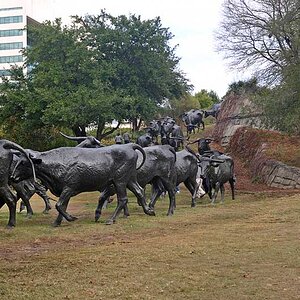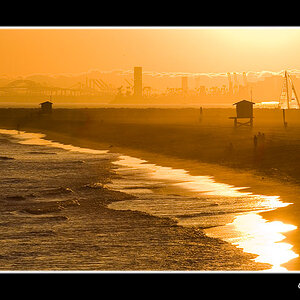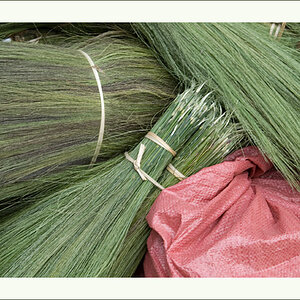dak1b
TPF Noob!
- Joined
- Jun 30, 2009
- Messages
- 1,554
- Reaction score
- 0
- Location
- Northern California
- Can others edit my Photos
- Photos OK to edit
Hello All!
I just recently bought myself my first film camera: Canon AE-1 Program:mrgreen:. I really wanted to experiment with film. What film would you suggest? fun experimental film? also is expired film good to use? what film could I use to make it look old? b&w?
any tips for a beginner film photographer? thanks!:thumbup:
Film is not dead.
I just recently bought myself my first film camera: Canon AE-1 Program:mrgreen:. I really wanted to experiment with film. What film would you suggest? fun experimental film? also is expired film good to use? what film could I use to make it look old? b&w?
any tips for a beginner film photographer? thanks!:thumbup:
Film is not dead.
Last edited:



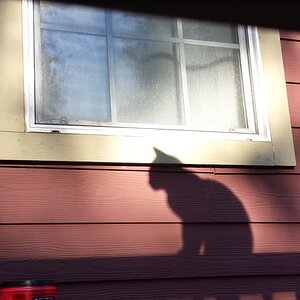
![[No title]](/data/xfmg/thumbnail/32/32929-22e23acc63d6ecb25e5ee941be87121f.jpg?1619735758)
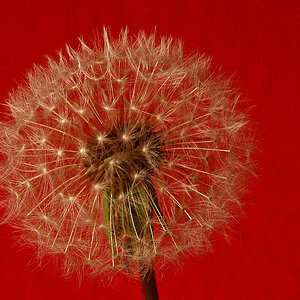


![[No title]](/data/xfmg/thumbnail/42/42057-1509913128bb1db2bc11235c05832fd4.jpg?1619739993)


